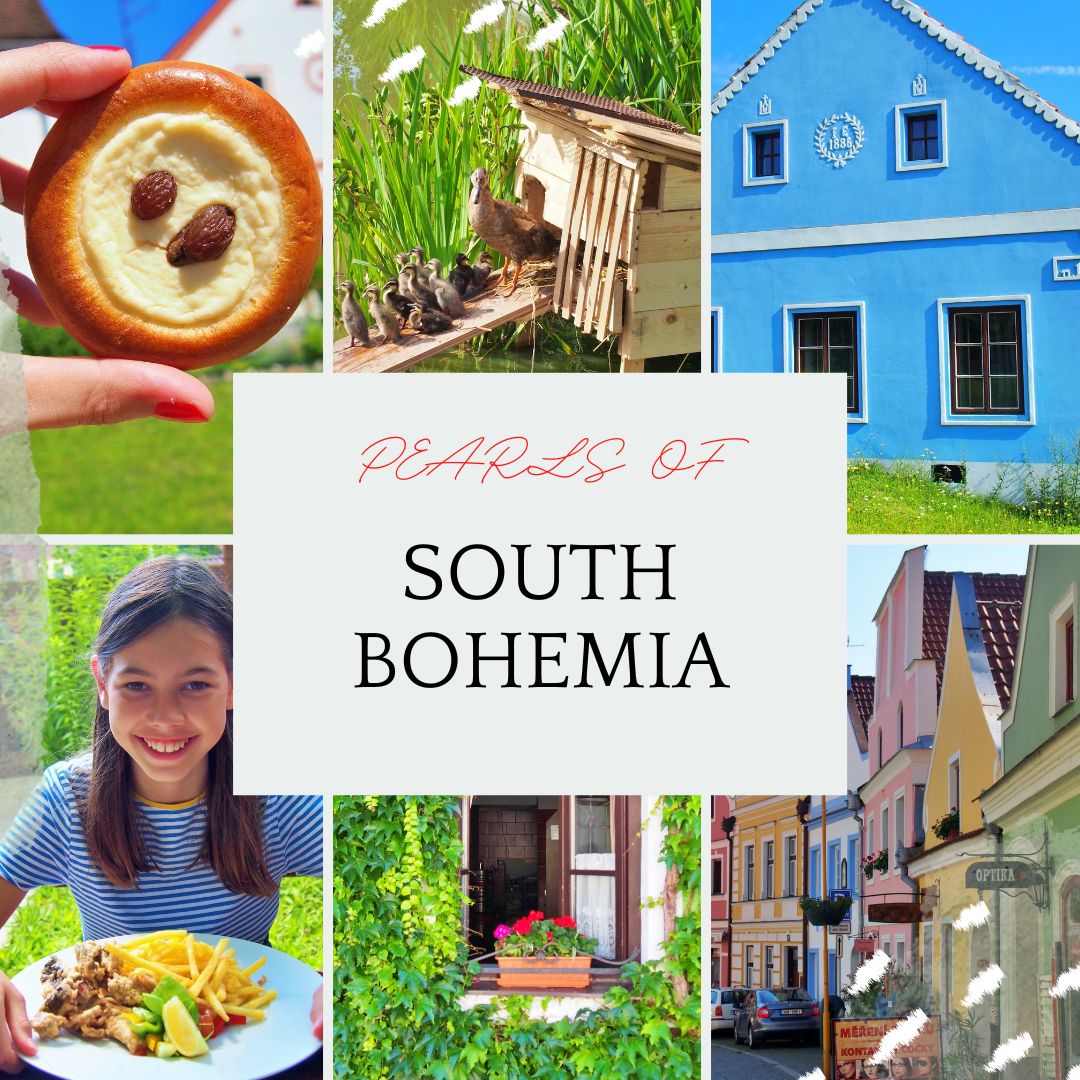
When they say southern Bohemia, I usually imagine Zdeněk Troška’s fairy tales and films. Well, don’t roll your eyes, that’s right. 🙂 In southern Bohemia there are many picturesque villages or towns, which are surrounded by beautiful nature. Don’t know where to go on a trip? I will advise you of places that have been etched in my heart and where I would like to return one day.
DOBČICE
The first written mention of the village dates back to 1292. Dobčice is a local part of the village Záboří and is a typical South Bohemian village in the foothills of the Blanský Forest. This village completely enchanted me. It’s like waving a magic wand at a fairy tale. Since there are no new buildings, it looks like in ancient times. Beautiful and interesting farms of rural Baroque are located around the village square with a pond and a chapel. It’s really all that tiny here.


The listed buildings here include a chapel and homesteads No. 3, 4, 5, 10 and 19. Decorative motifs may remind you of the gables from the village of Holašovice. In the past, this village was a German village. Some of you will know the houses from the three-part summer comedy Babovřesky by director Zdeněk Troška.


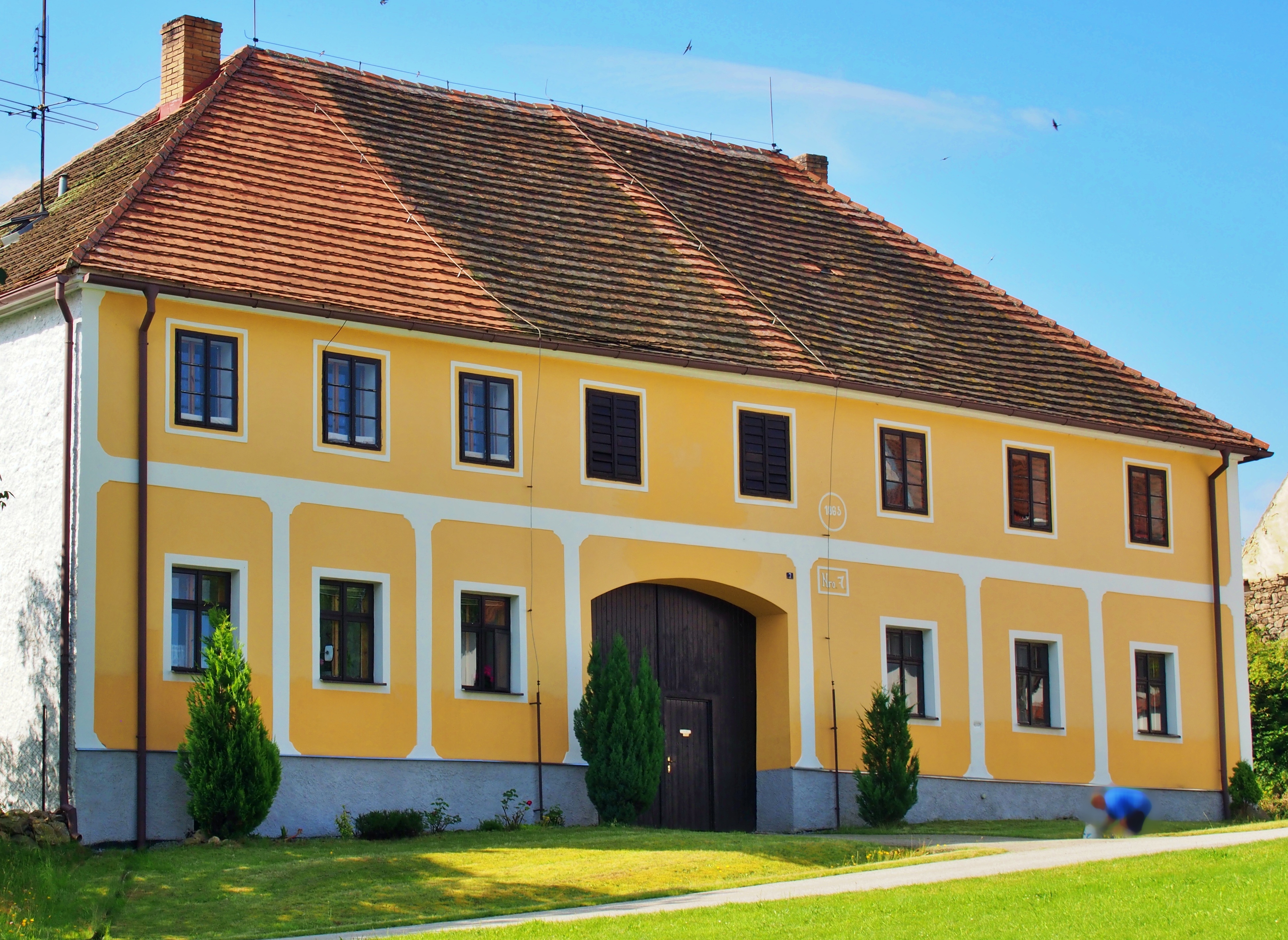






ZÁBOŘÍ
Záboří is located in the picturesque South Bohemian countryside at an altitude of 555 m above sea level. There are many forests in the area, which seem to be created for visiting mushroom pickers. In this village there is a very nice farmstead. The first mention of the village comes from 1263. The village is located in a valley, below the slopes of Skalka. It is basically uphill on all sides. There is a larger village square, which passes through the stream, there is a former smithy, a chapel from the 1840s and a chapel above the stream.

The village had a predominantly German population, and in 1915 only 11 out of 800 inhabitants declared their Czech nationality.

Zdeněk Troška‘s comedy Babovřesky was also filmed here. The film pub was on the square in the former smithy No. 22, today it is a shop. In the farm No. 15, the interior of the municipal office Záboří was transformed into the municipal office Babovřesky. There is also a restaurant Zábořská hospoda.
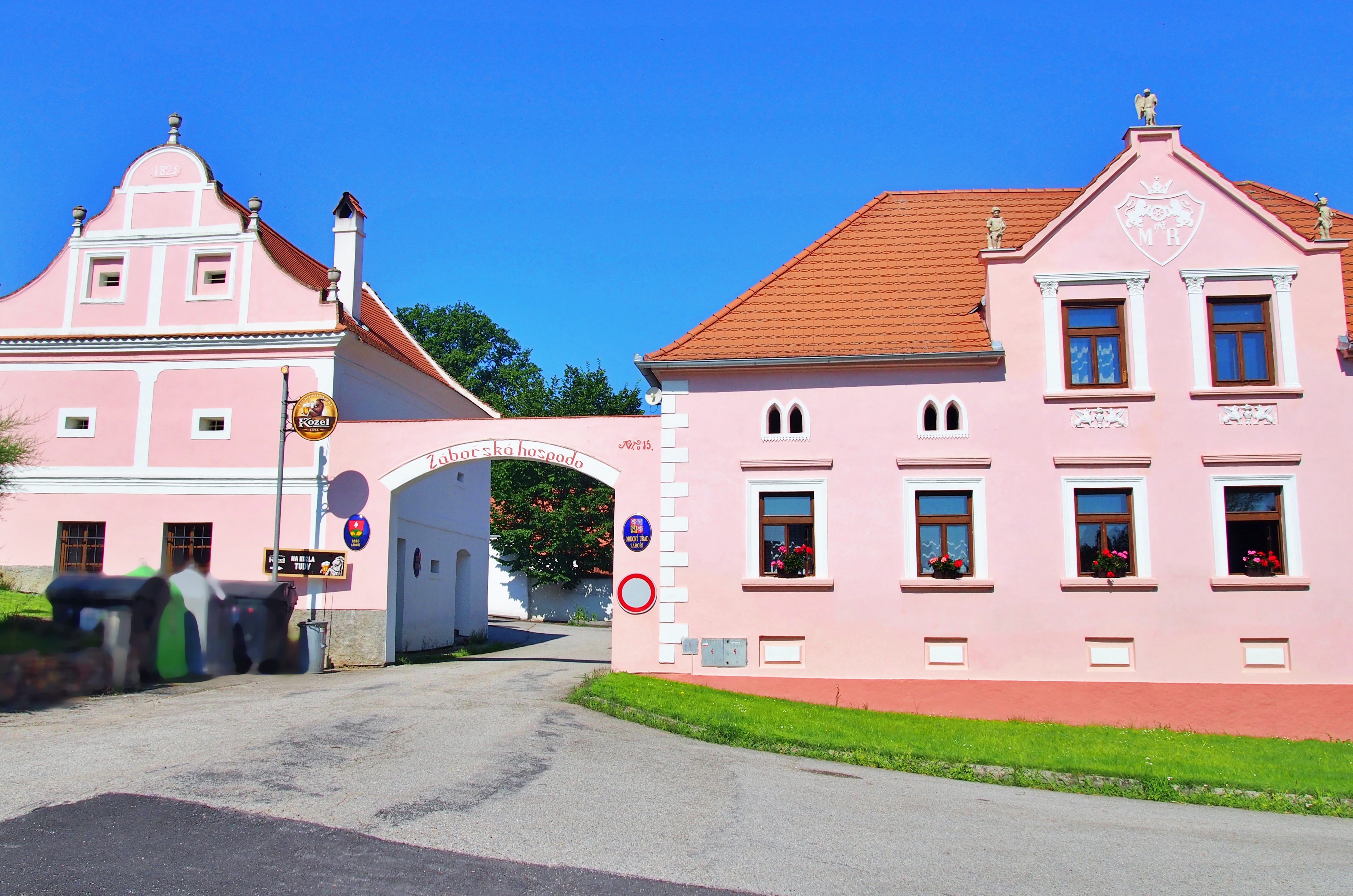
HOLAŠOVICE
Another beautiful village is Holašovice, which is even inscribed on the UNESCO World Heritage List. It is located 15 km from České Budějovice. The first historical mention dates back to 1263.





In the first half of the 16th century, almost all the original Czech inhabitants became extinct due to the plague. The village began to be settled by German settlers. During the Second World War, Holašovice became known as Hollschowitz in German and thus became part of the imperial territory. The Czech minority was thus displaced inland. After the war, on the contrary, the expulsion of the German population began. The Czech population returned to the building.


RURAL BARAQUE
In Holašovice, you will see an almost 100% preserved medieval system of sorting individual homesteads, which are connected by enclosure walls with gates and arched entrances. The village square is rectangular and there is a pond in the middle. On the square there are farms with granaries (from it. Speicher, which is a building that is designed to store grain, ie threshed grain), barns, barns, barns, granaries and exchanges, but there is also a smithy, an inn and a chapel. There are no new buildings and so the village looks very well preserved. The film version of The Bartered Bride or Trošek’s Babovřesky 2 was filmed here.

You will breathe such a unique atmosphere here, because it is not an open-air museum, but a permanently inhabited village. The buildings of folk architecture that are located here are in the style of the so-called rural baroque. This is especially visible on the gables of houses and their decorations. This specific stucco decor to a greater extent and small motifs are known more from embroidery.

I mapped almost all the cottages in the village for you, to give you an idea of what time it came from and who lived in it. 🙂
HOUSE NO. 1 AND 2.
The oldest known manager of this homestead was Mr. Lorenz Schuster. The name of the cottage was “At Hendrychs“. On the house you can notice the beautiful triangular gable of the house. There are two wreaths with initials and the year 1871.


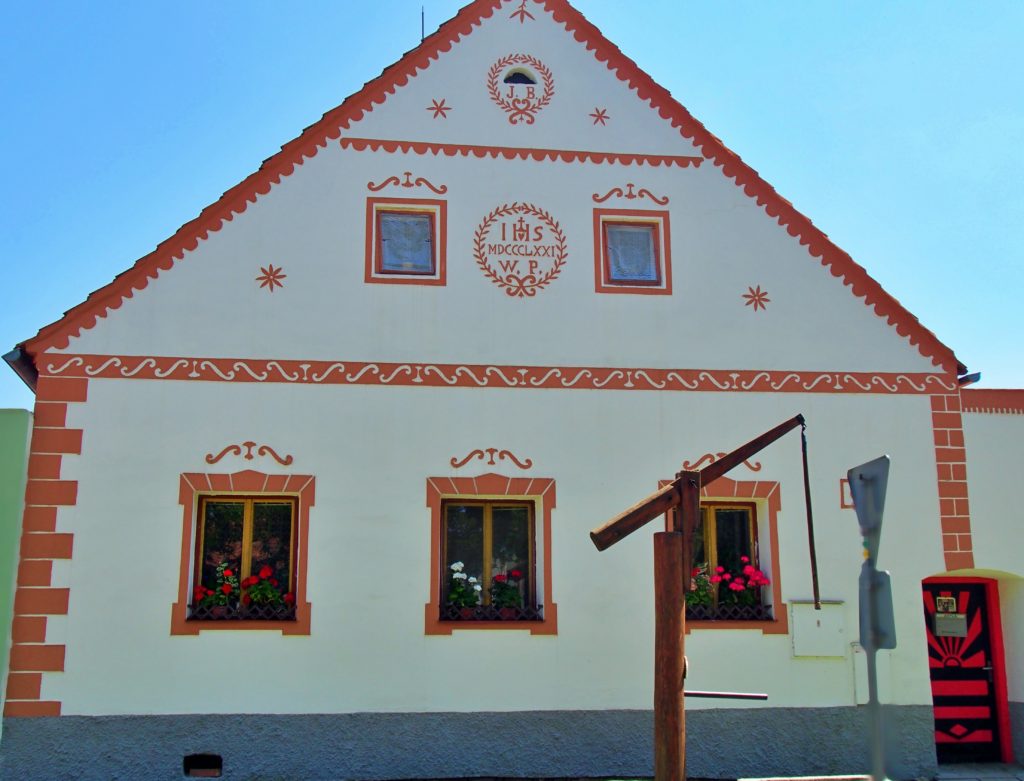
HOUSE NO. 3
If you look at the gables of this house, you will see that they have a nice bell outline, which is dated even to 1857.

HOUSE NO. 4
The name of the Czech version of this homestead would correspond to the name “At Šafářs“. The oldest farmer farmed here in the first half of the 17th century.

HOUSE NO. 5
The name of the cottage “At Štejfals” in this cottage dates back to the middle of the 17th century.
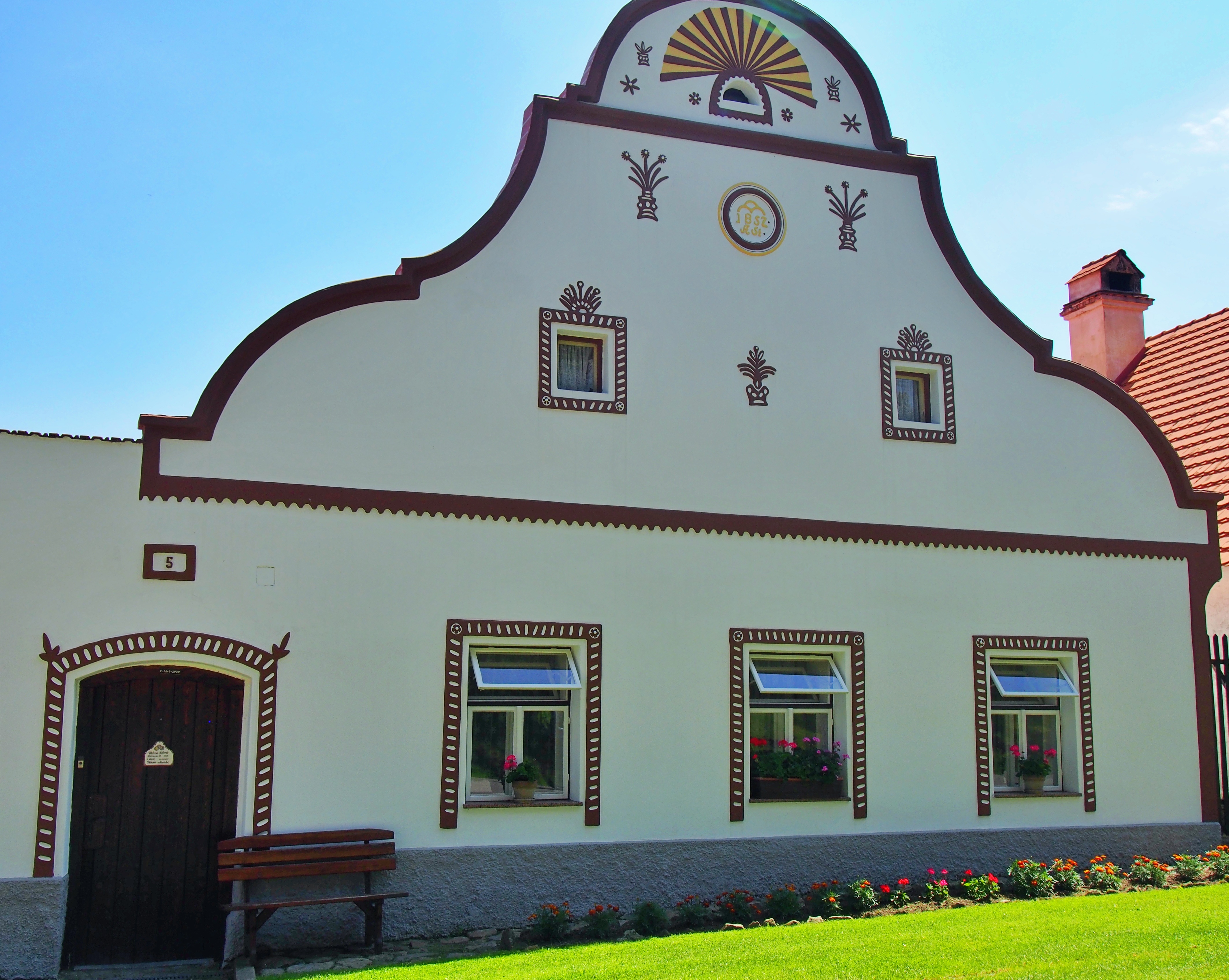
HOUSE NO.6
Name of the cottage is “At Štirmls“.

HOUSE NO.7
The name of the cottage is “At Heiezls” most likely dates back to the 16th century.

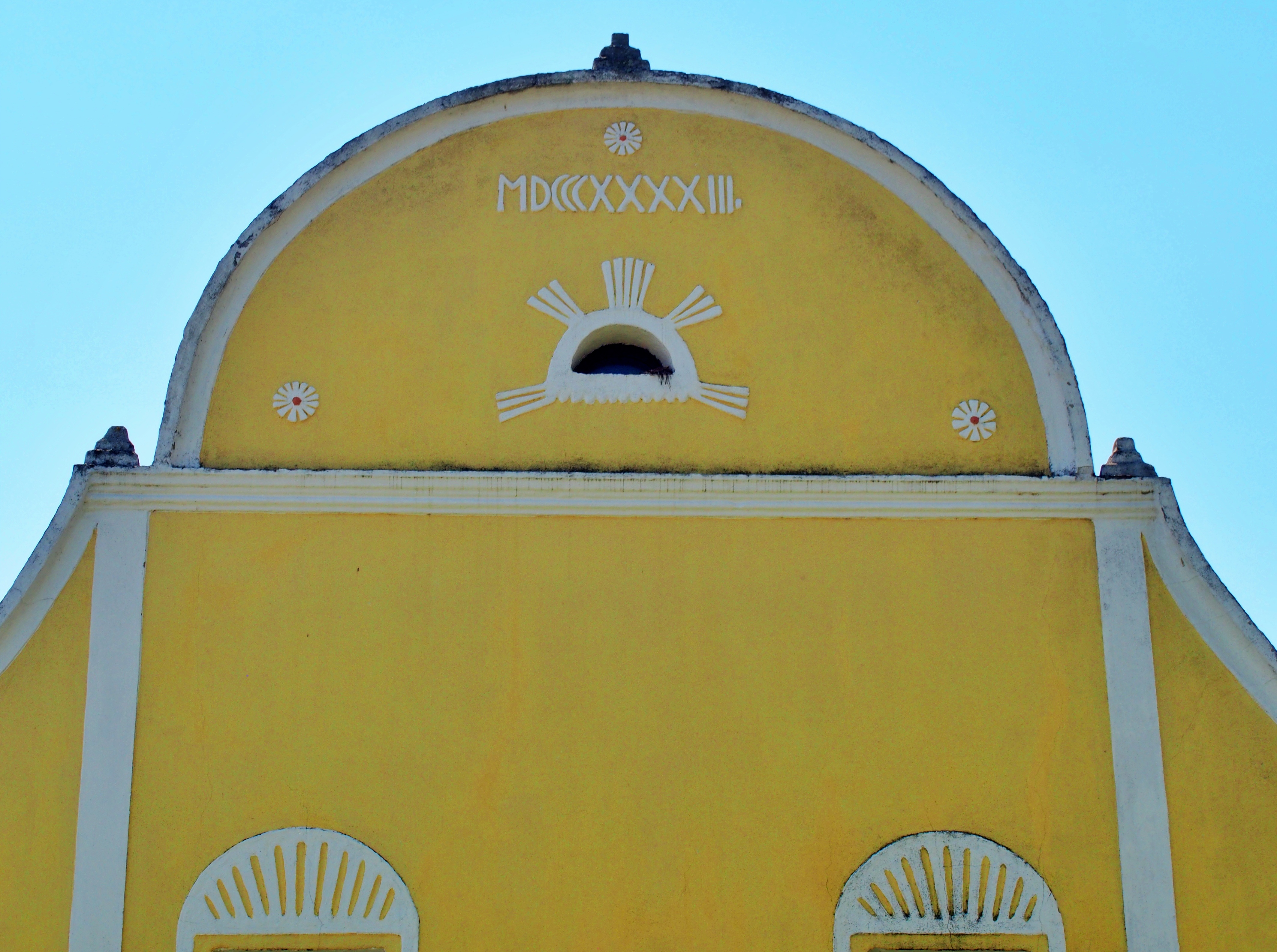
HOUSE NO.8
Name of the cottage is “At Ficls“. The gable facade of the granary dates back to 1861.

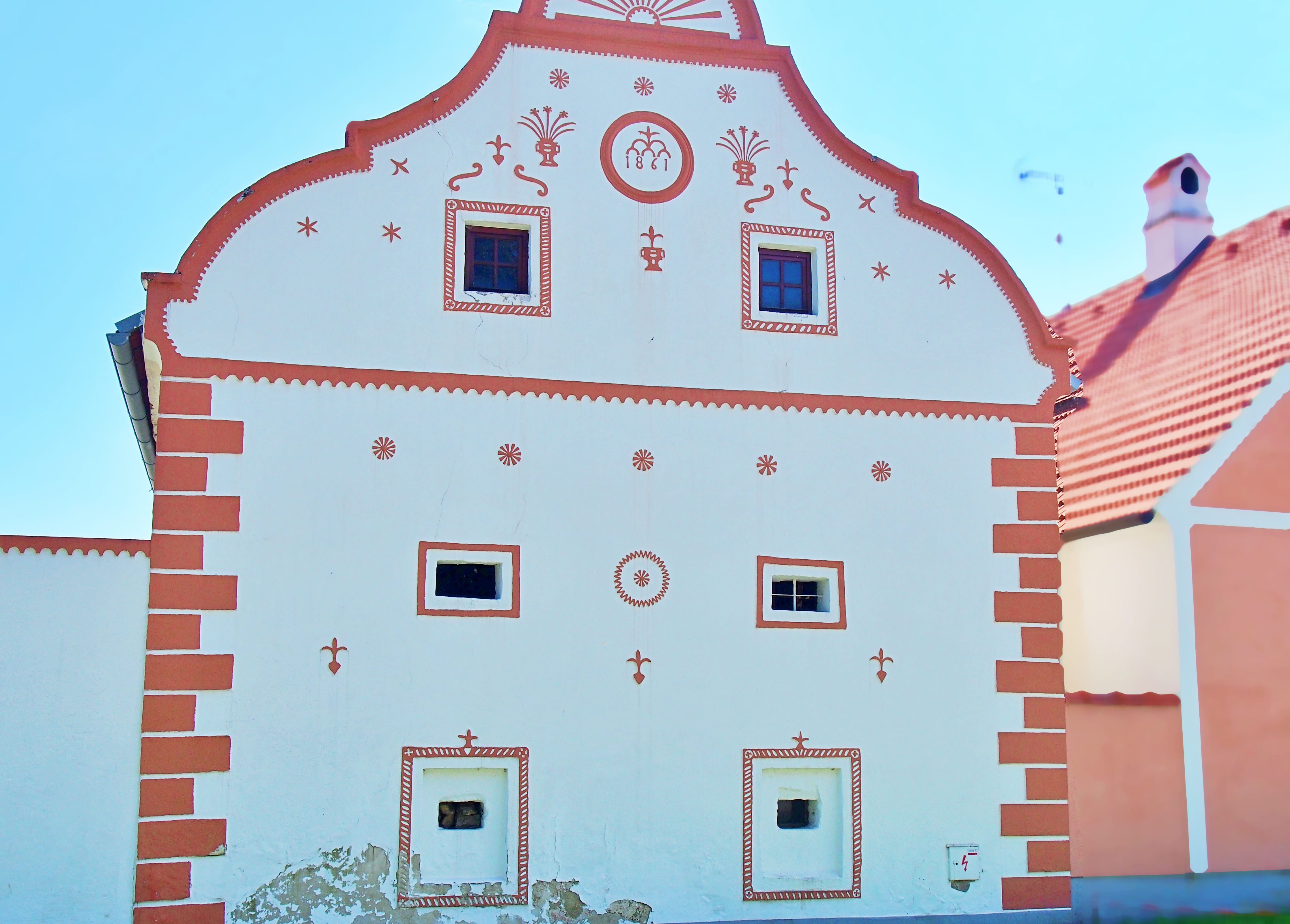
HOUSE NO.9
Today’s small farmhouse used to be just a cottage. It got its name after the cottage “At Filips” after the second farmer from the Stropků family, who held the homestead in the second half of the 17th century.

HOUSE NO.14
The building functioned for a long time as an exchange cottage. The name of the cottage is “At Fišpeks“.


HOUSE NO.18
The oldest known owner of the homestead was around the middle of the 17th century Viet Weber, who bought it as an incinerator. The building was converted into an inn. I had delicious carp fries here. I recommend!


GROCERIES
This house appeared again in Trošek’s comedy Babovřesky 2. An interview of Dobrouš was filmed here, which describes the death of his mother-in-law to Mayor Stehlík and Libuška. 🙂

CHAPEL AROUND THE VILLAGE
One of the chapels is located northeast of the village square, at No. 46 and dates from 1897. I think that almost no one knows the chapel here, because everyone goes directly to the village square. And that’s quite a shame. Now that you know, you certainly won’t make the mistake of missing it. The chapel is very pretty.

SOUTH BOHEMIAN STONHENGE
At the very edge of Holašovice is a megalithic circle made of giant stones – menhirs. This South Bohemian modern equivalent of the famous stone complex in southern England was created by a local builder and his meadow is today called the Holašovice Circle.

TŘEBOŇ
Třeboň is a very nice spa town, which has a rich history connected with the Rosenberg family. The brothers from Rosenberg, Vilém and Petr Vok became the owners of Třeboň and the adjacent estate. You will find a very nicely preserved historic core and the location on the shores of the World pond is also amazing. Just be sure to spray repellent before visiting, because mosquitoes are blessed here.
SQUARE
The square is surrounded by burgher houses with Renaissance and Baroque gables, and in the middle of the square stands a Renaissance stone fountain. There is an old town hall from the 16th century, from the tower of which there is a beautiful view of the surrounding countryside. The J. K. Tyl Baroque Theater is located in the area of the former town hall. A number of important artists performed here, such as Antonín Dvořák and Ema Destinnová.






RENAISSANCE CASTLE
What you should definitely not miss is a visit to the Renaissance castle. This chateau is one of the largest chateau complexes in the Czech Republic. It got its present form only under Petr Vok. Another powerful family to which the chateau belonged was the Schwarzenberg family, who had owned Třeboň since 1660. The Schwarzenbergs used to come here to spend the Christmas holidays in the pre-war years. The castle commemorates this event with Christmas costumed tours.



You can take several routes at the castle. I completed Route A – Rosenberg Renaissance interiors. This route recalls the time of the last Rosenbergs, Vilém and Petr Vok.
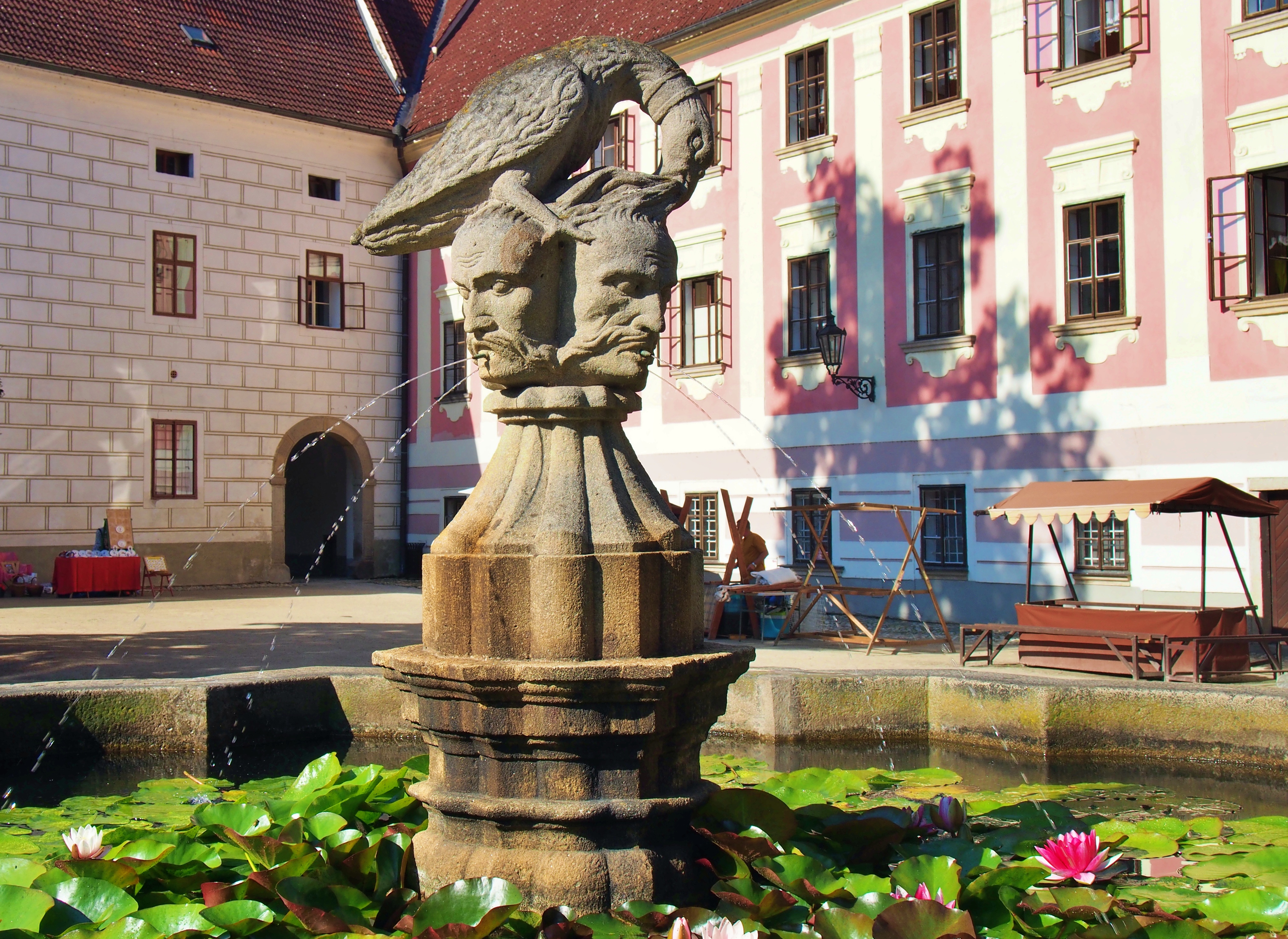
The most beautiful decoration of the large courtyard is a stone fountain. In the guide, you will read that a motif from the Schwarzenberg coat of arms appears on it, the head of a Turk whose raven has his eyes. I even learned on the Internet that it is an allegory of the taming of natural water forces, symbolized by a wild bird tying the four strands of hair of four gargoyles.


GATES TO TŘEBOŇ
There are three main roads leading to the very center of Třeboň, which line the massive gates – Budějovická, Hradecká gate and Svinenská gate.

MADONNA WITH BABY
Třeboň has a number of interesting buildings or sculptures. Many have been in Třeboň since time immemorial, but there are also those that were created recently. One of these novelties is the statue of the Virgin Mary, which stands in the niche of Svinenská Gate. The author of the sculpture is the talented young sculptor Josefína Jonášová. The Virgin Mary is the patron saint of Třeboň and now protects the southern entrance to the city. The place was directly talking about the statue.

SCHWAZENBERG TOMB
The Schwarzenberg tomb is located in the middle of an English landscape park on the opposite bank of the World (Svět) pond from the very historic city center. It is a very remarkable octagonal neo-Gothic building with a monumental staircase, the exhibition of which was initiated by Princess Eleonora, wife of John Adolf II. Schwarzenberg, when for spatial and hygienic reasons the church of St. Jiljí near Domanín. Once a year, during the All Saints’ Day, a funeral mass is held in the chapel for the Schwarzenberg family. Prince Karel Schwarzenberg and other members of the family also take part in this Mass.

POND SYSTEM OF TŘEBOŇ PONDS
The system consists of ponds connected by sewers by the river Lužnice between Třeboň and Veselí nad Lužnicí. The system includes ponds Zlatá stoka, Stará řeka, Nová řeka, the largest Czech pond Rožmberk, Rožmberská bašta and Svět pond. The oldest ponds in the Třeboň region were created in the 14th and 15th centuries. When you walk along the Svět pond, you will also find a lot of small ponds with vats, which are used for fish farming and recreation.

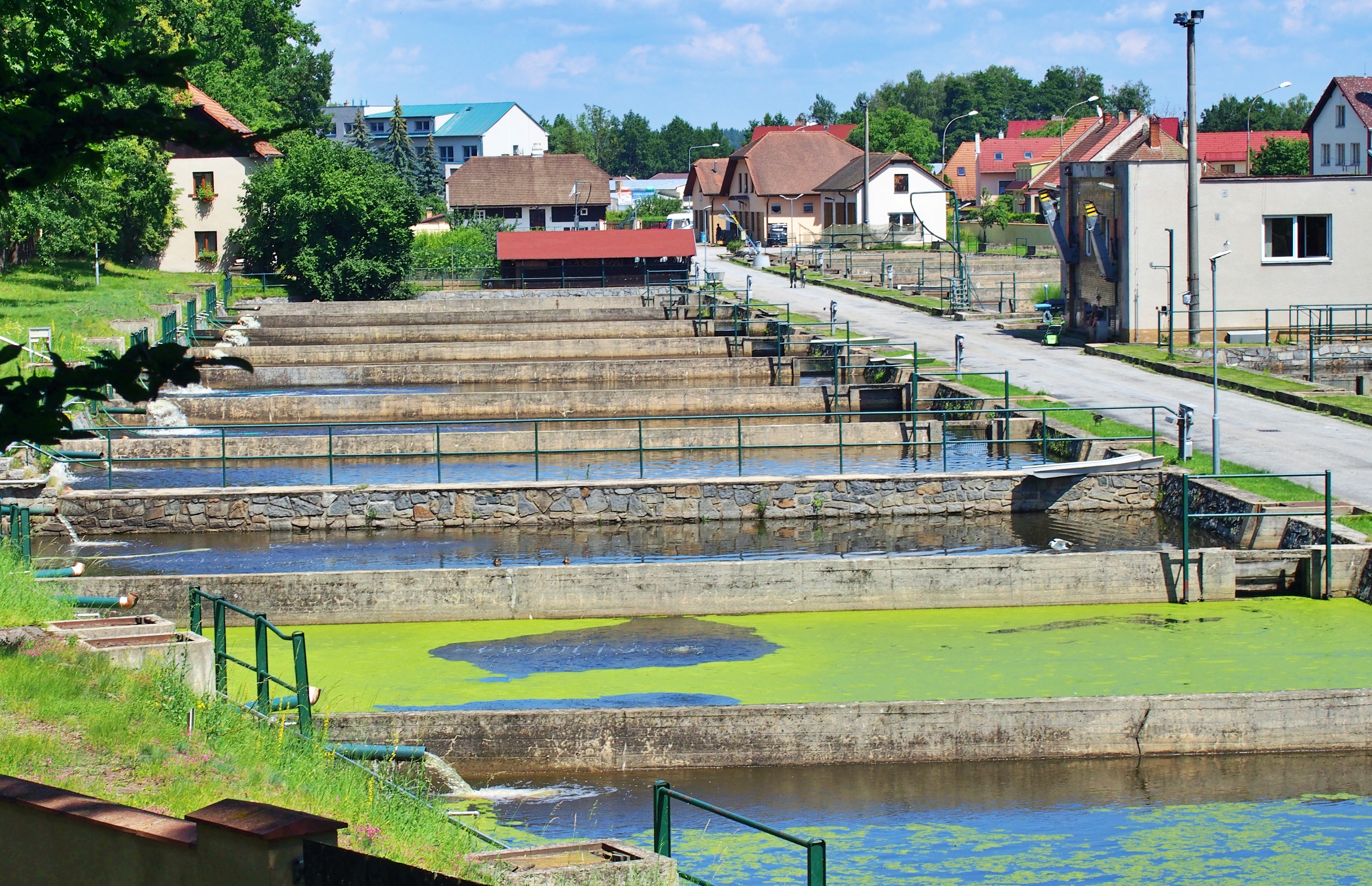
POND SVĚT (World)
In Třeboň you have a unique opportunity to circumnavigate the World (Svět) in 45 minutes. 🙂 The ship departs every hour. In bad weather (strong wind, persistent rain, storm) the ship does not set sail. However, there is a nice walk around the pond. You just have to watch out for cyclists, of whom there are really many.

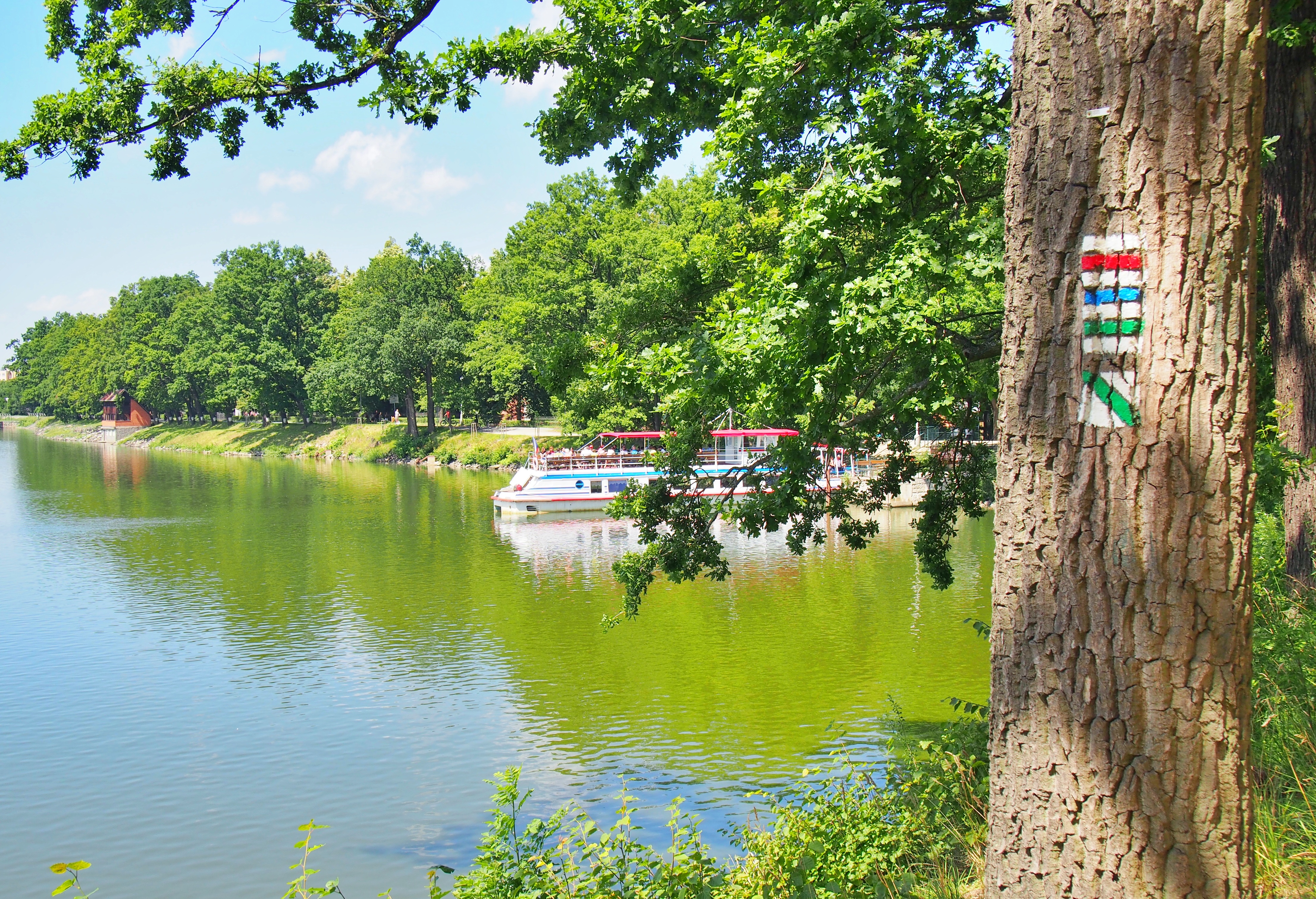
BRAND “TŘEBOŇ CARP”
For more than 100 years, this trademark has been very popular not only in our country, but also abroad. Already at the end of the 19th century, Třeboň carp were imported to markets in Germany and Vienna. If you are in Třeboň, be sure to have carp fries. They sell them in almost every restaurant.


We tasted carp in the Restaurant Myslivna. But I must admit that I tasted more in Holašovice 🙂


SPA

HLUBOKÁ NAD VLTAVOU CHATEAU
This state chateau is located 10 km north of České Budějovice. It was originally founded as a guard castle in the middle of the 13th century and subsequently rebuilt several times until its current form. It can be seen from afar and will definitely attract you with its beautiful white color. Here you will find beautiful elaborate interiors and a well-kept garden.

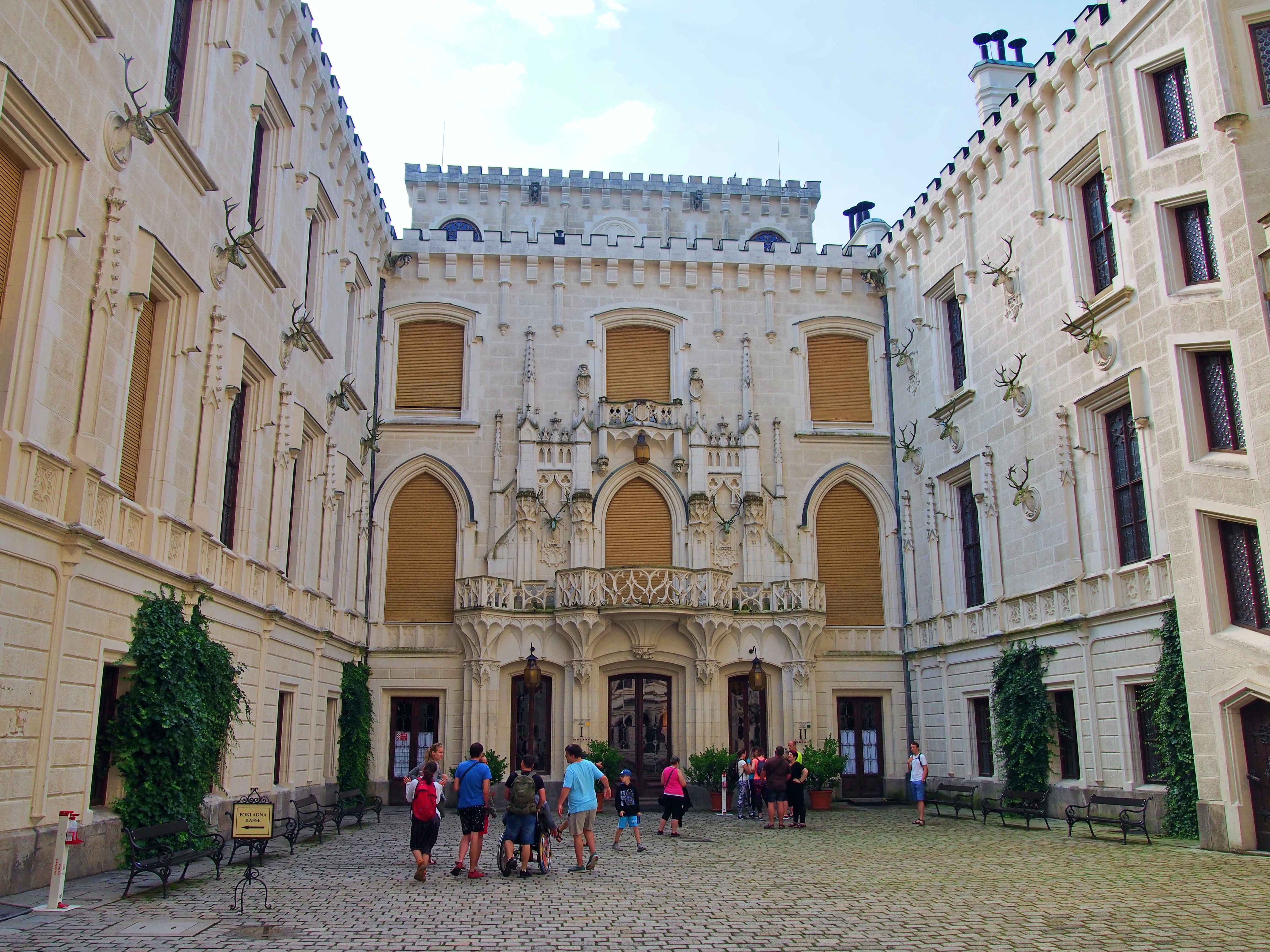



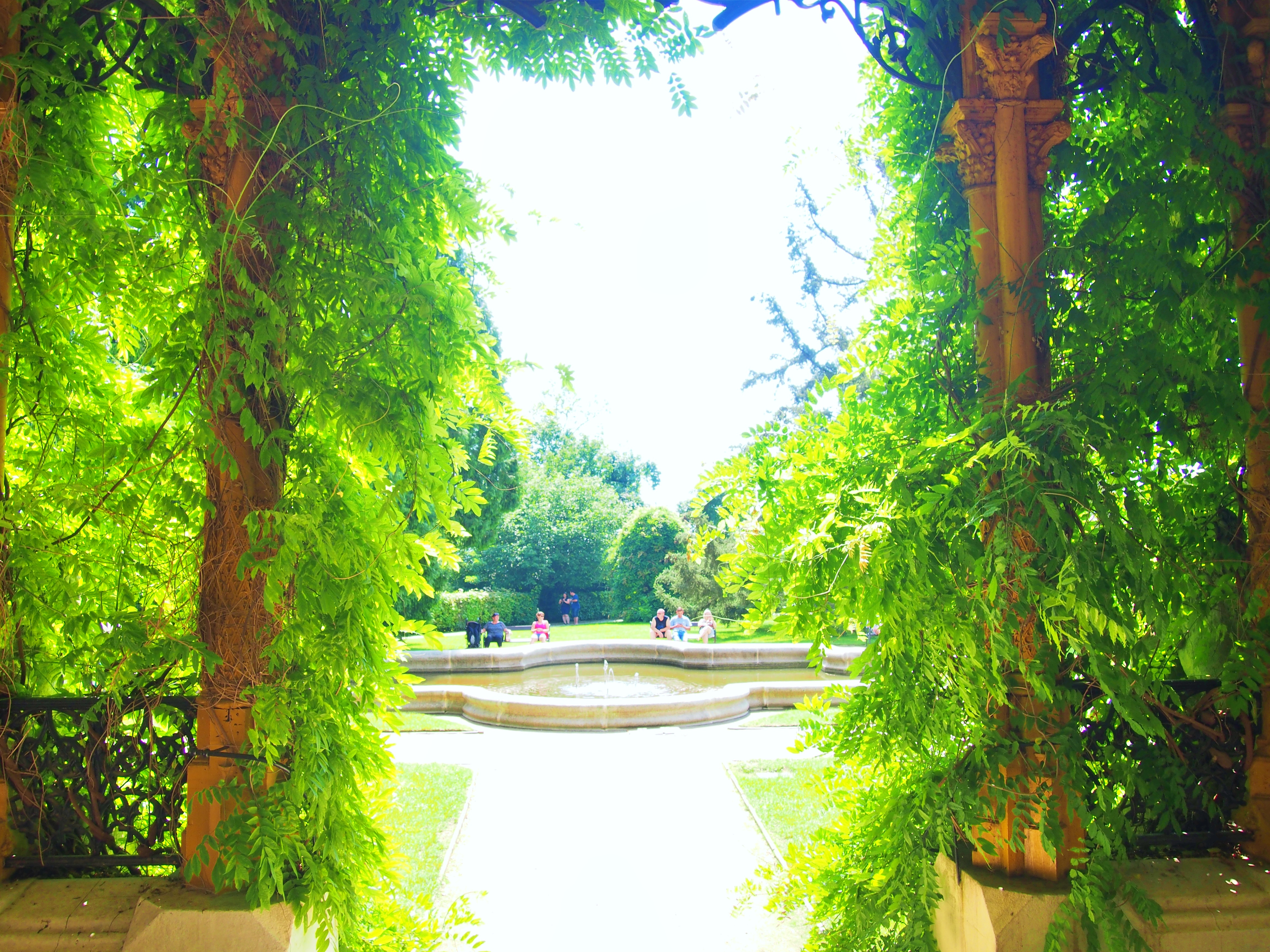

TO ČESKÉ BUDĚJOVICE FOR GASTRONOMIC EXPERIENCES
This metropolis of southern Bohemia lies at the confluence of the Vltava and Malše rivers. We chose it as our refuge so we could make trips around the area. Centuries of history breathe on you here. The beautiful square is named after the founder of České Budějovice, King Přemysl Otakar II. It is the largest square in the Czech Republic and also one of the largest in Europe. In its center stands the baroque Samson’s Fountain. Since we basically just slept here, we decided to use this city mainly for gastronomic experiences. Wherever we went, we enjoyed it. We enjoyed a few stops at local cafes and restaurants. Well, it seems to me that I am slowly but surely choosing places for trips according to cafes and gastronomic establishments. :-)))) And České Budějovice was no exception.
Which cafe has the most fragrant coffee? I was looking for you and I would like to mention all two cafes that have grown to my heart and believe me, with a cup of hot coffee you will not want to return to everyday reality here.
CAFÉ DATEL
České Budějovice is perfect for a coffee shop. I read the laudatory reviews at Café Datel, so I wasn’t surprised that it was crowded. The café offers selected coffee from the best Czech (Brno Rebel Bean) and European roasters. Guests can order fresh homemade desserts and delicacies, as well as homemade raspberry and lavender lemonade. The coffee is really great and in fact everything was absolutely famous! So much so that we were even here twice, as we liked it. This cafe has a great concept. During the day it is a café and in the evening it is a stylish bar.



BORN IN LONDON COFFEE & KITCHEN
This is another English-style family café with modern English cuisine. They prepare and bake their own desserts and cakes, which they serve with quality coffee. They also have excellent organic lemonades and iced teas. The interiors are decorated with stylish furniture and you can sit out in the pretty garden.


A LITTLE DIFFERENT ICE CREAM
(TROCHU JINÁ ZMRZLINA)
The name So A Little Different Ice Cream is apt, in a positive sense. There is also a comic book store. First you choose the base (for example, chocolate, vanilla, banana, yogurt) and some kind of frozen fruit. All selected ingredients are mixed and crushed. This will create the famous ice cream according to your wishes. Ice cream is made in front of the customer. He sees every ingredient and can be convinced that real pieces of fruit without dyes and flavorings are added to it. And if you are a fan of a healthy lifestyle, this ice cream will appeal to you, just like me. I fell in love with this place and I will definitely come here again when I’m back in town.




ZMRZ.LI
This place is a bit outside the center in the side Hradební street. In the mini window sits a lady who will give you a scoop of hand-made ice cream. But don’t look for traditional flavors with it. I have to admit that the flavors are really unconventional. I had salted caramel and it was really strong. He was incredibly salty. Personally, I liked raspberry sorbet. The owner Kateřina Davidová even admitted that she draws her ideas from two books, which are also used by chefs. One of them is called The Flavor Bible. For example, she thinks that she wants to make something from local fruit and finds in the book what is suitable to add to it, if she does not want to experiment on her own. However, the ice cream is good, even to the extent that Lukáš Hejlík included it in his Gastromap.


BREAD WITH SALT (CHLEBA SE SOLÍ)
If you like honest Czech products, then you have come to the right place. Unlike large commercial bakeries, this bakery produces long-fermented bread that is easier to digest, has a lower glycemic index and contains digestible minerals. Here it is fermented by lactic fermentation, similar to yogurt, pickled vegetables, cabbage or kimchi. Many people are sensitive to gluten or wheat. Long fermentation breaks down gluten and makes it more digestible.
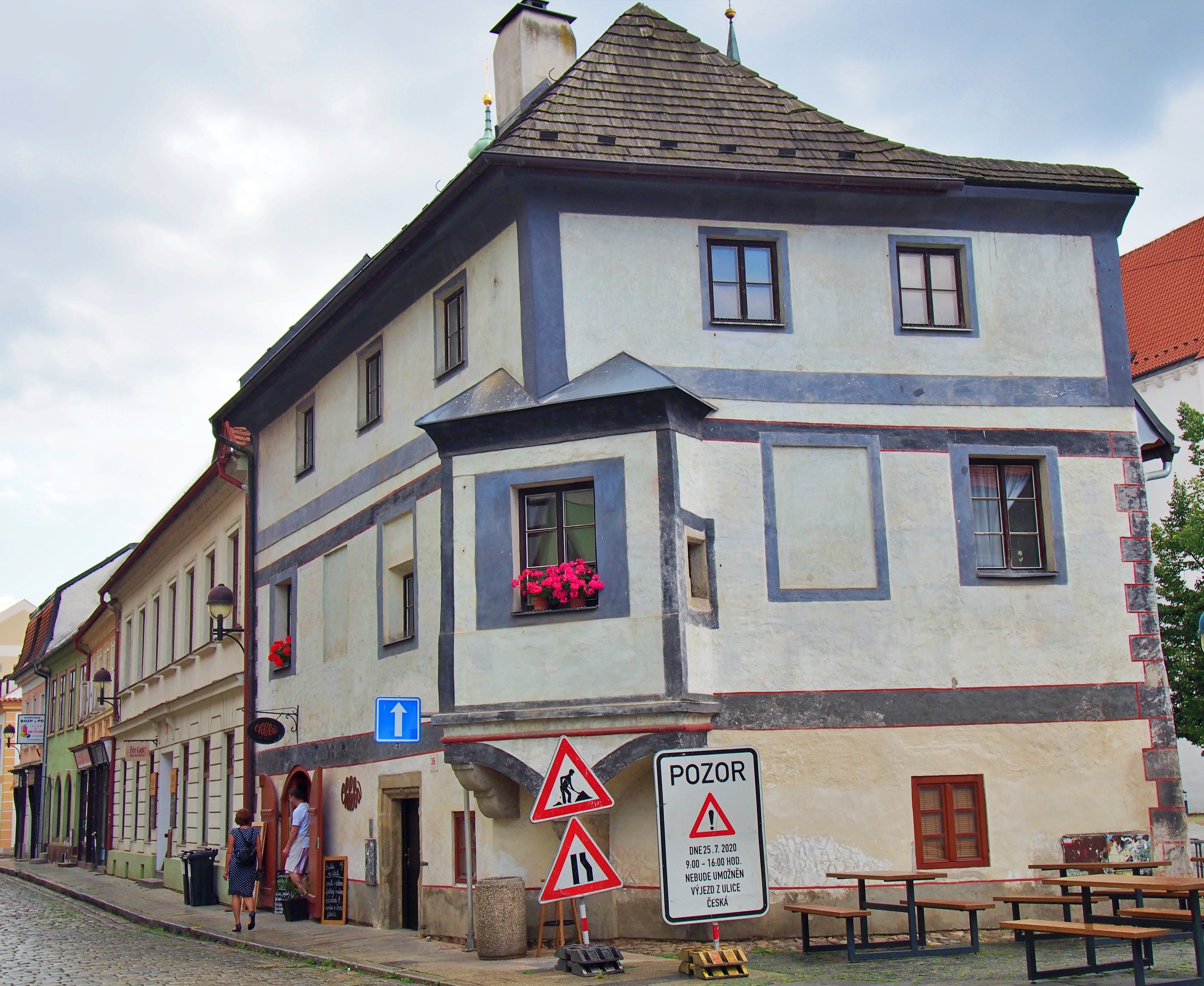
RESTAURANT SOLNICE
The Solnice restaurant is located in one of the oldest buildings in České Budějovice. There is a brewery nearby. The Gothic saltworks building has stood here since 1531 on Piarist Square. The building historically served as a city granary, later weapons were stored here and before 1880 even salt. Due to storage, there were basically no major construction modifications. The current owners have carried out a thorough reconstruction from the basement to the attic. Beer from the brewery of the same name is transported to the restaurant by a unique underground beer pipeline under the square. They tried to make everything authentic and they succeeded at 1. They even got an award – “Construction of the Year 2019”. And in terms of food, it tastes great and the beer is also excellent.


So what? I hope that I enticed you to visit South Bohemia at least a little. The land is really magical.
If you liked the article, I’ll be happy if you share it or leave some comments. 🙂 I would also want to invite you to join me on Instagram and on Facebook.


